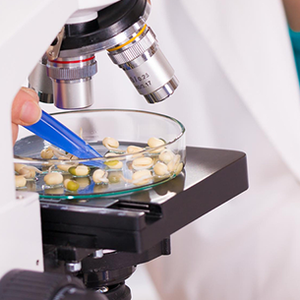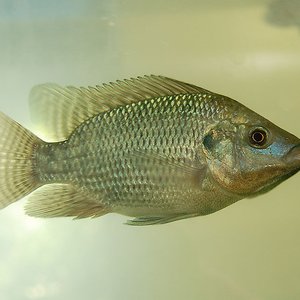EU compound feed production (EU27) for farmed animals in 2022 is estimated at 148.9m tons, a 3.8% decrease compared to 2021, according to data provided by FEFAC members. Production decreased for animal feed sectors but more significantly for the pig sector (-6.7%) and poultry sector (-3.2%) mainly due to the spread of animal diseases.
The Russian invasion of Ukraine and the related EU energy crisis have had a significant impact on the EU economy and inflation, leading to a reduced demand for animal products, hence impacting the production and finally demand for feed. In general, only Austria, Finland, Ireland, Poland and Slovenia have managed to slightly increase/stabilize their feed production. Whereas “Green environmental and animal welfare” policies continued to play a role in key member states (Belgium, Germany and the Netherlands) and kept the pressure on reducing livestock population numbers.
In 2022, the pig feed sector was the most affected. The production fell by 3m tons compared to 2021 when many member states experienced a decrease of more than 5%. In some countries, especially small farms closed their businesses due to the deteriorating economic situation and profitability of farms. Pig meat exporting countries reduced their production as China continues to recover from ASF and no longer imports pork volumes at previous levels. African swine fever continued to play a role in certain countries, such as Germany and Romania impacting the economic efficiency of pig farms.
Poultry feed production in 2022 decreased by almost 2m tons as several were heavily impacted by AI and reduced their poultry production. Also, the high cost of utilities during the winter led to the situation when some farms skipped cycles, all impacting the demand for feed.
Cattle feed production slightly decreased by 0.5m tons compared to the previous year as a result of the stabilization of the production compared to the 2021 year when severe drought led to increased demand for dairy feed (consequently this has increased demand for compound feed).
Market outlook for 2023
According to the Commission, production of main animal species (but poultry) is expected to decrease in 2023. The herd decapitalization is progressive in the main EU producers while uncertainties around feed and fertilizer prices, as well as inflation, are influencing the market. This will undoubtedly have an impact on the feed market. FEFAC market experts estimate that compound production in 2023 will further decline by 1.5% to a level of 146.8m tons. The poultry and pig feed sector may experience a rebound in Q4 but this will not compensate for the entire loss in 2021/2022.
Avian influenza, economic uncertainty, and “green and animal welfare” policies continue to be the main market drivers for the upcoming year. Regulatory uncertainty may further weigh on farmers and their decisions to stay in/leave businesses. Serious doubts remain on the impact of Ukraine's raw materials import bans/restrictions on local markets and production in neighboring and other countries. At the same time, drought problems in southwest Europe may lead to increased needs for imports of raw materials, hence it will be important to maintain the functioning of the Black Grain Sea initiative. Growing import of animal products also from other third countries may further weigh in on EU feed demand.










